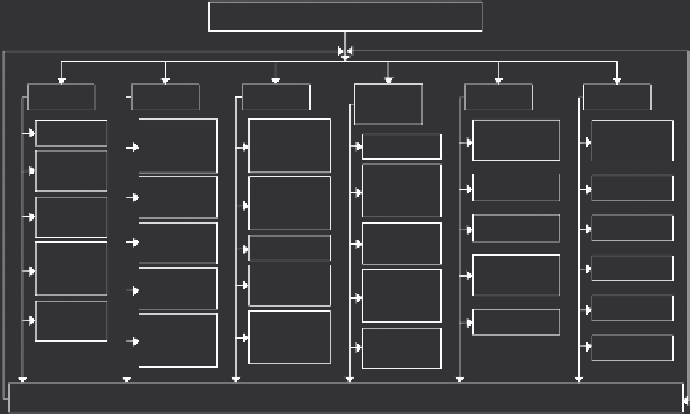Agriculture Reference
In-Depth Information
cover cropping, and those systems that create a positive soil/ecosystem C budget.
Recommended technologies for water management include options that enhance the
green water by reducing losses through runoff and evaporation and enhance water
productivity. Soil fertility enhancement and nutrient management options must be
those that replace what is removed so that risks of nutrient mining are minimal,
the balanced use of plant nutrients is achieved through a judicious combination of
inorganic fertilizers and organic amendments, and modern/innovative fertilizers are
developed on the basis of the principles of nanotechnologies and slow-release for-
mulations. The energy use efficiency must be increased by choice of appropriate
farm operations (e.g., tillage, grain drying, transport, harvesting) and judicious use
of energy-based inputs (e.g., fertilizers, pesticides, irrigation). Similarly, the man-
agement of growing season duration is relevant for adaptation to the changing and
uncertain climate through choice of crops and cropping systems and timing of farm
operations to make adjustments for any alteration in the duration of the growing
season. In this context, the importance of crops (animals and trees) is important,
including those of genetically modified organisms, which may reduce the inputs of
pesticides.
Agricultural technologies for sustainable intensification must be scale neutral but
gender sensitive. There is neither a panacea nor a single approach, and the choice of a
technology depends on site-specific situations—biophysical, social, economic, polit-
ical, and cultural. All technological processes and practices outlined in Figure 16.2
have pros and cons, merits and demerits, costs and benefits. Nothing is free, given, or
appropriated. Thus, trade-offs must be carefully evaluated. Furthermore, technolo-
gies must also be appropriate to the women farmers of Africa and Asia.
Sustainable intensification
Judicious
Management of...
Soil
Water
Nutrients
Growing
season
Crop
Energy
Increase
green
water
Reduce
runoff
Decrease
evaporation
Decrease
NPS
Increase
water use
efficiency
Positive
nutrient
budget
BNF,
chemical
fetilizer
Mycorrhiza
Compost
manure
Nano-
enhanced
formulations
Species
GMO
No-till
Mulch
farming
Ground
cover
Increase
water use
efficiency
Sequester
C
Farm
operations
Duration
Planting,
harvesting
dates
Farm
operations
Choice of
species,
varieties
Modern
innovations
Growth cycle
Fertilizers
Root system
Pesticides
Nutrient
requirements
Harvesting
Drying
Water use
Transport
Producing more from less
FIGURE 16.2
Processes and practices for sustainable intensification of agriculture prac-
ticed by smallholders. NPSP, nonpoint source pollution; C, carbon; GMO, genetically modi-
fied organisms.

